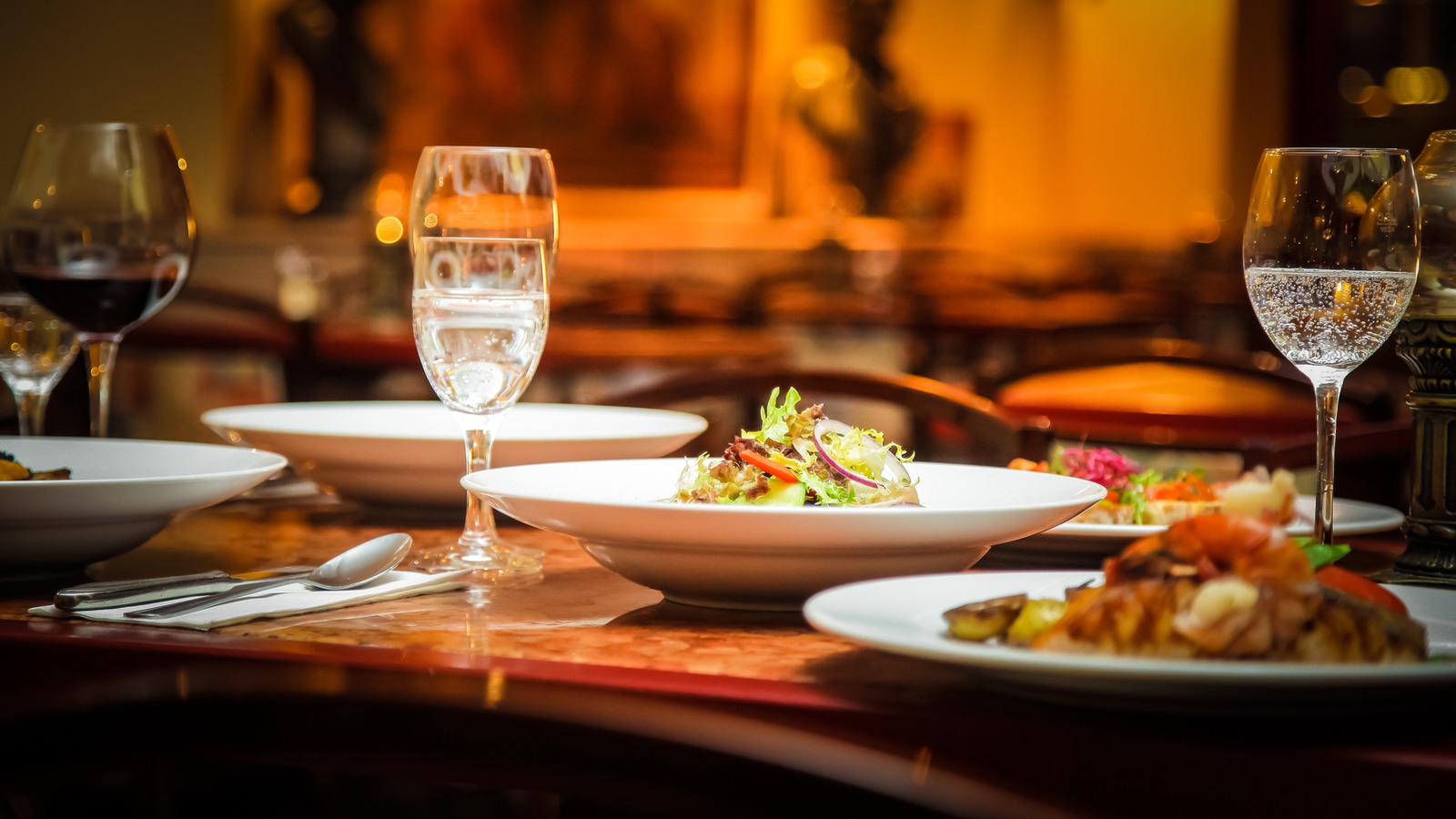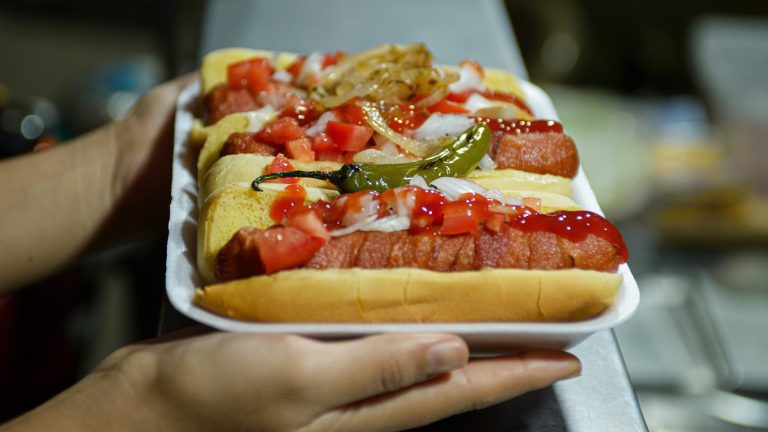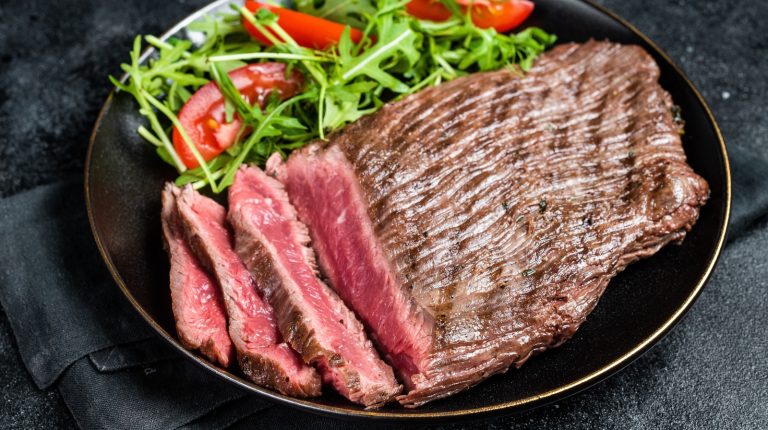If foodies are going to splurge on a meal out, the experience needs to deliver more than just a good plate of food. The experiential aspects of dining out are all about ambiance, interior design, and overall vibe. It’s the reason why you might suggest one restaurant as a good date spot and not another. Or, maybe you walk the extra three blocks for your morning coffee because that other cafe just has an artsier feel. When designing the atmosphere of a space, one of the most impactful aspects to consider is lighting. It might seem like an obvious fact when applied to the home (maybe you never use the overhead lights, only lamps), but in the multisensory experience of the restaurant setting, lighting immediately sets the mood and tone of the space.
In the restaurant sphere, as a general rule, dimmer lights create intimacy and slow-paced relaxation, while brighter lights encourage energy and liveliness. Dim lighting can also boost per-table sales, an especially lucrative feature for fine-dining establishments with structured courses. If guests feel comfortable to slow down, take their time, and linger, this provides adequate time for digestion and a greater likelihood that dessert will be ordered. One study published in the Journal of Consumer Psychology found that dim restaurant lighting increased the likelihood of patrons selecting dessert by 300%. Low-lit spaces also emit a more private feel, facilitating comfortable social interactions and thereby increasing the chance that another round of cocktails will be ordered after dinner.
Dim lighting creates an elegant, welcoming, slow pace, while bright lighting stimulates energy, liveliness, and a faster daytime-appropriate pace
Dim lighting works best for sit-down restaurants, lounges, and bars where guests are encouraged to stay for longer, more leisurely periods of time. On the flip side, daytime establishments with quick turnarounds, like lunch counters or fast-casual restaurants, should opt for brighter lighting. Places with the highest traffic during morning and afternoon hours, like pizza parlors, ice cream shops, brunch spots, and to-go sandwich joints benefit in both perceived energetic pace and staff functionality from bright lights.
On a functional note, brighter lighting also makes diners more likely to register stronger or more distinctive flavors on the palate, which could be especially important for eateries serving dishes with multilayered taste profiles. To help foodies savor the galangal at a Thai restaurant or lemongrass at a Vietnamese restaurant, raise the lights. However, restaurants should take care not to raise the lights too bright (i.e., the stark white overheads shouldn’t make anyone’s teeth hurt). Even if a restaurant has several five-star ratings on Google or Yelp, this fundamental design aspect might determine whether or not a customer chooses to come back or even decides to get a table in the first place.
Restaurants should employ a mixture of different lighting sources for natural-looking balance
In a space where professionals are cooking, guests are reading menus, and people are walking, lighting is about not just ambiance but also utility. The primary type of lighting in a restaurant is ambient lighting (windows and skylights). Brightly lit establishments should balance artificial lights with ample windows or skylights that let in ambient sunlight, creating a natural-looking color temperature in the space.
One of the most effective light fixtures for restaurants is sconces, projecting a soft glow upward, giving the walls an elongated feel and creating the illusion of higher ceilings. Sconces also cast a flattering glow across faces and fabrics, and in the modern age, flattering lighting is Instagrammable. If guests are more likely to post pictures and tag the establishment, that means free advertising and potential traffic booms.
In fine-dining spheres, chandeliers give off huge amounts of light but are not harsh, keeping the glow warm and directionless. This primary light source might be complemented by smaller underlights like tableside candles, insinuating elegance and sophistication. Many low-lit establishments enlist the help of strategically-placed task lighting, like a small lamp at the host’s stand or track lights in the walkways. Conversely, on the more casual side, brighter lighting might be necessary for family-friendly restaurants like Chili’s that commonly serve kids, fostering a cheerful and practical vibe. Pendants also perform the high-light function of chandeliers but work better in smaller spaces like cafes, tapas joints, and bistros.






